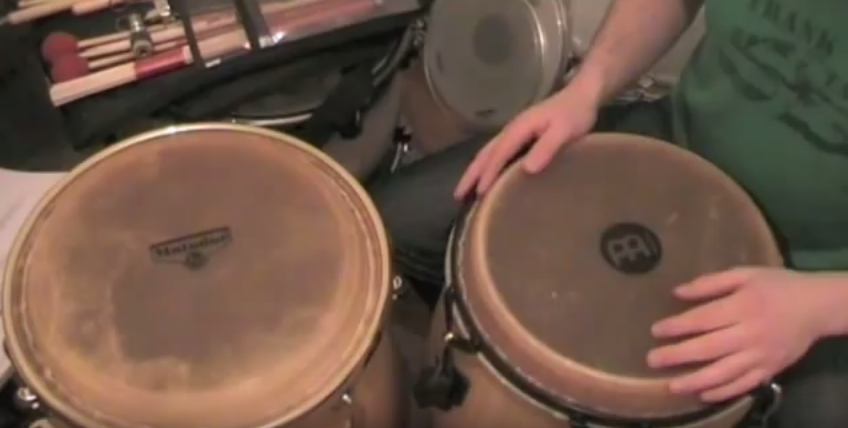The conga is a musical instrument (percussion), it is also called the tumbadora, and the players are called congueros and congueras. The conga drum is a tall and barrel-shaped Afro-Cuban drum that has a single drumhead.
The birth of Conga
The rhythm of the conga has its roots in Cuba and Africa; therefore, it is safe to say that the conga is an Afro-Cuban origin. It is greatly influenced by more than one Africa drums such as Ngoma, Ashiko, Makuta, Bembé, and Yuka. It is also influenced by a Cuban percussion… Cuban Cajon.
During a Cuban carnival (carnaval), a drum named tambores de conga which is translated as conga drums, is used in playing la conga rhythm.
The Popularization of the Conga Drums
In the ‘30’s, Latin music eroded the United States; the conga was one of the musical instruments used in playing the Mambo which is the combination of Cuban son and New York jazz. However, the name changed from Mambo to salsa.
A famous Cuban-American musician and actor Desi Arnaz, also helped in promoting the fame of the conga although, contrary to what people think, the musical instrument he played was not the Conga but a drum that looks more like Boku.
Over the years, the conga drum has spread its tentacles, and the musical instrument has entered into the heart of many across the world today. This Afro-Cuban instrument is now used in different musical genres.
The traditional conga drums VS the modernized conga drums
Rawhides or Synthetic fiber: Just like any traditional African percussion, a typical conga drumhead is made with an animal skin such as cow and mule skins. In modern conga’s drumhead, synthetic fibers and rawhides are used.
There are still traditional conga drums, but the synthetic fiber-made drums are gaining more grounds. The quality of the traditional and modern conga depends on the maker or manufacturer.
Tune: to tune a traditional conga drumhead, you need to heat it to tighten and raise the pitch or simply do the opposite to loosen and lower the pitch. It is simpler to tune the modern conga; all you need to do is to use a wrench to turn the nut on a tuning lug which controls the tension on the rim, and pitch of the drumhead.
The shell: the traditional conga’s shell is made of wood, but the modern congas have both the wooden shell and fiberglass.
The Conga and the Tumba
Today, we have five (5) conga sizes, and they are;
The names are given according to their distinct functions, sizes, and pitches. For instance, the Quinto name is given because of its small size and high pitch.
The Quinto is also used as the lead drum or solo drum, and the Tumba is typically playing lower pitch nevertheless, the Tumba (Salidor) can function as the tres dos.
As the conga fame spread around the globe, the congueros (conga drum players) moved from playing a single drum and a particular rhythm to playing several drums and rhythm at once.
How To Play
Watch this tutorial video for beginner for the basic lessons:

